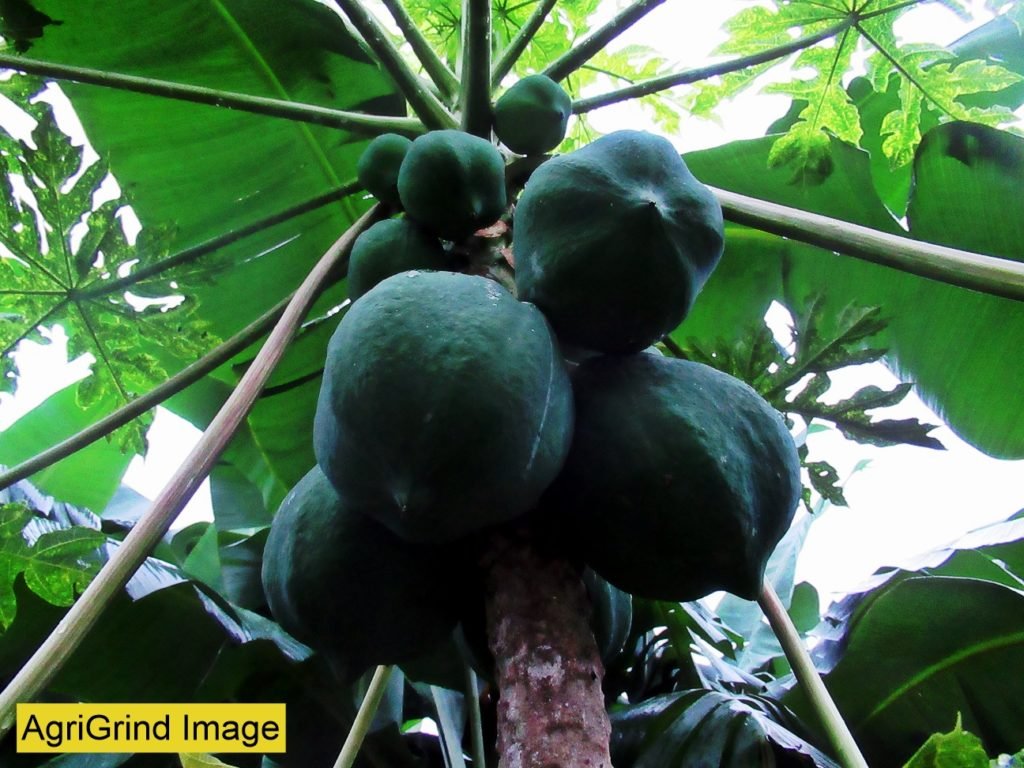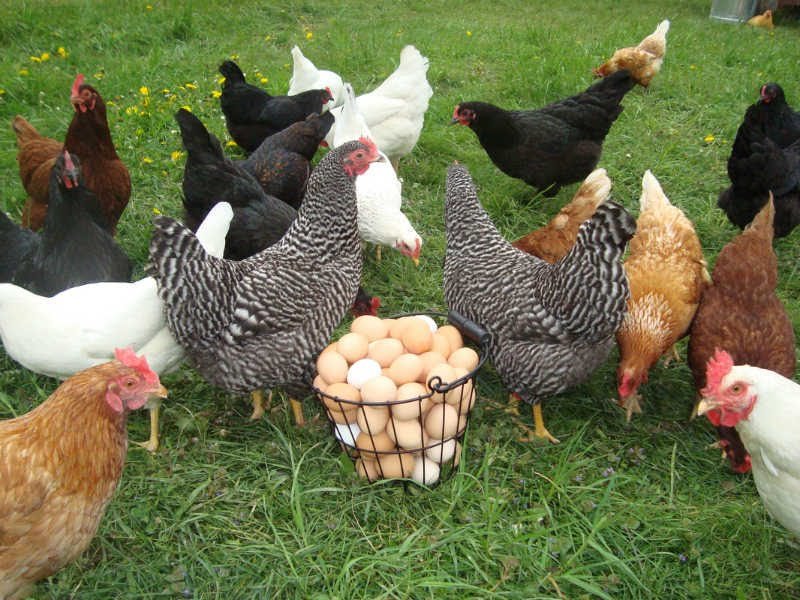Papaya (Pawpaw) Production Guide: Discover how to succeed in papaya farming in Liberia

Papaya (pawpaw) is one of the popular fruits in Liberia. According to research papaya has vast health benefits. The fruit contains vitamin C and antioxidants that prevent cholesterol development. Additionally, papaya has other nutritive and medicinal values that place a huge market demand on the fruit. But papaya farming has never been cultivated on a large scale in Liberia. Most papayas are harvested from backyards or other areas where the fruit trees were grown as a result of pollination agents. However, papaya farming could be a profitable business in Liberia, since the country is now pushing for crops-diversification (adding new crops or cropping systems to agricultural production with complimentary marketing opportunities). Few African countries including Nigeria, Ivory Coast, Malawi, and Kenya are proving that papaya (pawpaw) farming is a deal to Africa’s crop-diversification goal. Discover how to succeed in papaya (pawpaw) farming.
Applications of Papaya
Papaya (pawpaw) is used for many purposes. In Liberia, ripe papaya (pawpaw) is consumed fresh as a breakfast or dessert fruit. Also, few households process ripe papayas (pawpaw) into jams, and fruit juices. Additionally, ripe papaya (pawpaw) can be dehydrated and consumed as a dried fruit. Unripe papayas are cooked as sup and lastly, papaya waste is an ideal feed for pigs.
Climatic Condition for Papaya farming
Papaya grows well in tropical and sub-tropical areas. But it is very sensitive to frost. However, the ideal temperature for papaya production is 25 – 30° C and a minimum of 16° C. Also, soil –pH range from 5.5 -6.5. Low temperature or extremely cold nights might affect the fruit maturity rate.
Suitable Soil for Papaya Farming
Papaya will reach optimal growth in a well-drained or sandy-loam soil with sufficient organic matter. Sticky and calcareous soils are not ideal as rainwater may accumulate in the soil and this might be deadly for the plants. However, in this case, experts have recommended that one must arrange for higher raised bed and drainage ditch. Furthermore, a farm manager must strive to keep the soil moist which is necessary for the growth of papaya plants. Also, one must consider ripening season of papaya before planting as dry climate at the time of ripening is good for the fruit quality. Additionally, the farm manager must do avoid continuous cropping in the same field as this may result in poor growth. According to research, a slightly sloppy land is ideal to a perfectly leveled one. Hilly soil of this region is best suited, being well-drained in organic matter.
Varieties of Papaya
There are many improved varieties of papaya. Some countries have developed varieties are excellent producers, disease-resistant among other purposes. Few papaya varieties include Washington, Madhu Bindu, and Solo. We recommend that you check the agricultural research center in your area for local-improved varieties.
Papaya Cultivation Basic Steps
Propagation
You will need to propagate papaya from seed. First of all, you must collect the seeds from ripe, large-sized, free from diseases. Seeds must be collected from female plants that are free from pests and diseases. Papaya seed viability is lost within 45 days.
Seed germination
The optimum temperature is 21 – 27° C, and of radical emergence is 19 – 29 °C. It takes 1– 4 weeks from sowing to emerge depending on the temperature. Experts recommend that farm managers treat the seed with Thiram (TMTD) W.P. before sowing to control the fungus diseases at the young stage.
Sowing
Experts proposed the transparent plastic bag in 8 – 9 cm wide and 8 cm wide and 8 cm high or black soft plastic pot for raising seedlings. The bags must have the drainage hole. Also, you can use the plastic seedling tray. This is a new way of seedling culture to obtain healthy seedlings.
Transplanting
When papaya seedlings are 15 to 20 cm tall, the bag is cut open with a razor blade. Now the seedlings are ready for transplantation in the pits in the evening. Therefore, you can plant three seedlings about 15 cm apart in each pit. Watering is essential after transplantation for a quick recovery from the transplanting shock.
Manuring
The plant needs continuous fertilization, as fruiting is continuous upon maturity. You must plan for fertilization from day 1. Because a five months period from transplanting to first flowering is important for the nutrition of papaya plants. However, you must stop manuring 6 months before harvesting the crop.
Determining male and female plants of papaya
The male plants of papaya are generally vigorous in growth and start flowering after three months of transplanting. As soon as their presence is detected, you must remove most of them. However, for effective pollination of female flowers, about one male tree is maintained for every 10 female trees. Papaya starts flowering about five to six months after it is transplanted.
Irrigation
Irrigation activities vary according to the soil, climatic conditions, and irrigation methods. Experts proposed ring method, furrow or drip irrigation. However, be sure to prevent the water from coming in contact with the stem. Irrigation may prevent the plants from the damage of frost.
Diseases and Control
You must do proper disease control to get the maximum yield. The main diseases are powdery mildew (Oidium Caricae), anthracnose (Colletotrichum gloeosporioides), damping-off and stem rot. Another potential disease is Root-knot nematode (Meloidogyne incognita)
One must get rid of weeds at the young stage frequently and lightly. However, never do deep tillage to the soil since the plant has shallow roots. You can apply herbicide once before emergency with 43% lasso E.C. at 1:200.
Harvesting
In general, papaya takes six months to flower. And another five for harvesting. However, it may vary according to climate conditions and management. For shipping to the distant markets, the fruits should be harvested when the apical and starts turning yellow and the latex is no longer milky. During the cold months, the fruits can be left on the tree to develop deeper color and obtain better flavor. In papaya cultivation, a tree with good management produces 25 to 40 fruits weighing 40to 60 kg in the first 15 to 18 months.
Reference: Agrifarmingbiz Research Desk: FRUIT






Great. This is very educative.
In some years back, I lost the whole of my Papaya plantation as trees died when the fruits are already matured just before they are ripped, this note provides me with possible cause.
My great challenge remains how to distinguish between the male and female tree in advance.